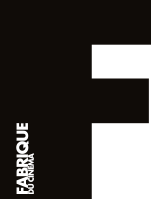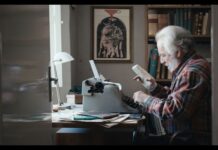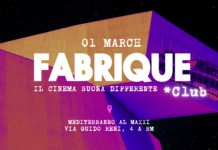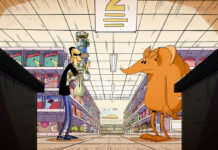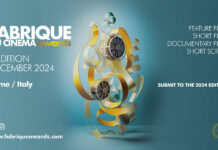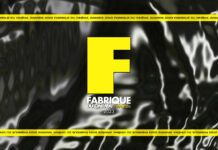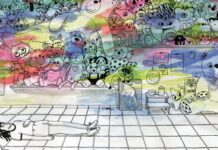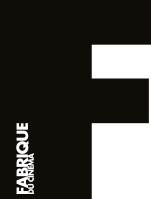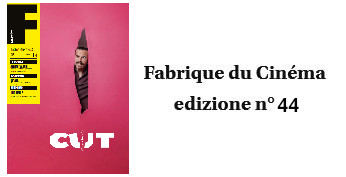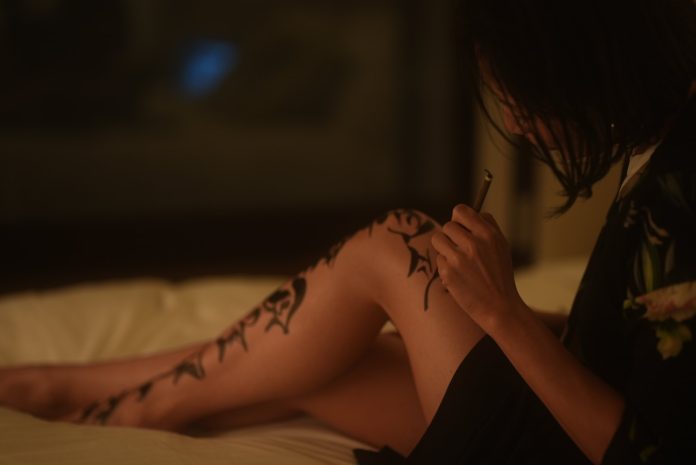
La calligrafia giapponese è una delle arti tradizionali più conosciute e popolari del Giappone. Si chiama Shodō, che letteralmente significa “modo di scrivere”. Ha una storia molto antica e il suo obiettivo principale è la semplicità, la bellezza e la connessione tra mente e corpo. È praticata ancora oggi dalle elementari all’università. Ai Kishimoto è una performer e artista giapponese che ha fatto della calligrafia la sua vocazione, innovando il suo stile calligrafico originale chiamato Sinsho, che significa “calligrafia del cuore”. Nel 2008 ha fondato la sua azienda e ha fornito le sue opere d’arte a più di 20.000 clienti in tutto il mondo negli ultimi tredici anni.
Japanese calligraphy is one of the most well-known and popular traditional arts of Japan. It’s called shodō in Japanese, which literally means “way of writing”. Shodō has a very long history. The main focus of Japanese calligraphy is simplicity, beauty and a connection between mind and body. It’s still practiced today and it’s a popular class in school, from elementary school to university. Ai Kishimoto is a Japanese performer and artist who has made calligraphy her vocation. She innovated her original calligraphy style, called Sinsho, which means “Calligraphy of Heart”. She started her own company in 2008 and provided her artwork to more than 20,000 customers world-wide in the past 13 years, with the hope of helping others express their feelings and live their own way.
Puoi raccontarci qualcosa sull’arte della calligrafia giapponese e su come ti ci sei avvicinata?
La calligrafia artistica è molto diversa rispetto allo stile di calligrafia tradizionale, dove ci sono regole rigide su come creare i tratti e i punti o su come tenere il pennello in mano. Nella calligrafia artistica invece non ci sono regole. Puoi alternare o spezzare la forma del carattere modificando lo spessore della linea o lasciare che i segni corrano su, giù, da sinistra a destra, come più preferisci. Quindi non lavorando in modo rigorosamente tradizionale, il flusso libero delle pennellate mi consente di esprimermi più liberamente e senza limitazioni. Ho preso un pennello per la prima volta 20 anni fa e da allora la scrittura è stata per me lo strumento per esprimere la mia personalità e scoprire me stessa.
Can you tell us something about the art of Japanese calligraphy and how you approached it?
Art calligraphy is very different compared to the more common traditional calligraphy style. In the traditional style, there are many strict rules, such as how you should create the strokes and dots, or how you should hold the brush in your hand. But as for art calligraphy, there are no such rules. You can alternate or break the shape of the character by changing the thickness of the line at mid-point or let the strokes run up, down, left to right as one desires. So, rather than working in the strict traditional way, free flow of the brush stokes allows me to express myself more freely without boundaries. I myself picked up a brush for the first time 20 years ago. Since then, writing has been a tool for me to express my personality as well as occasionally realize who I am.
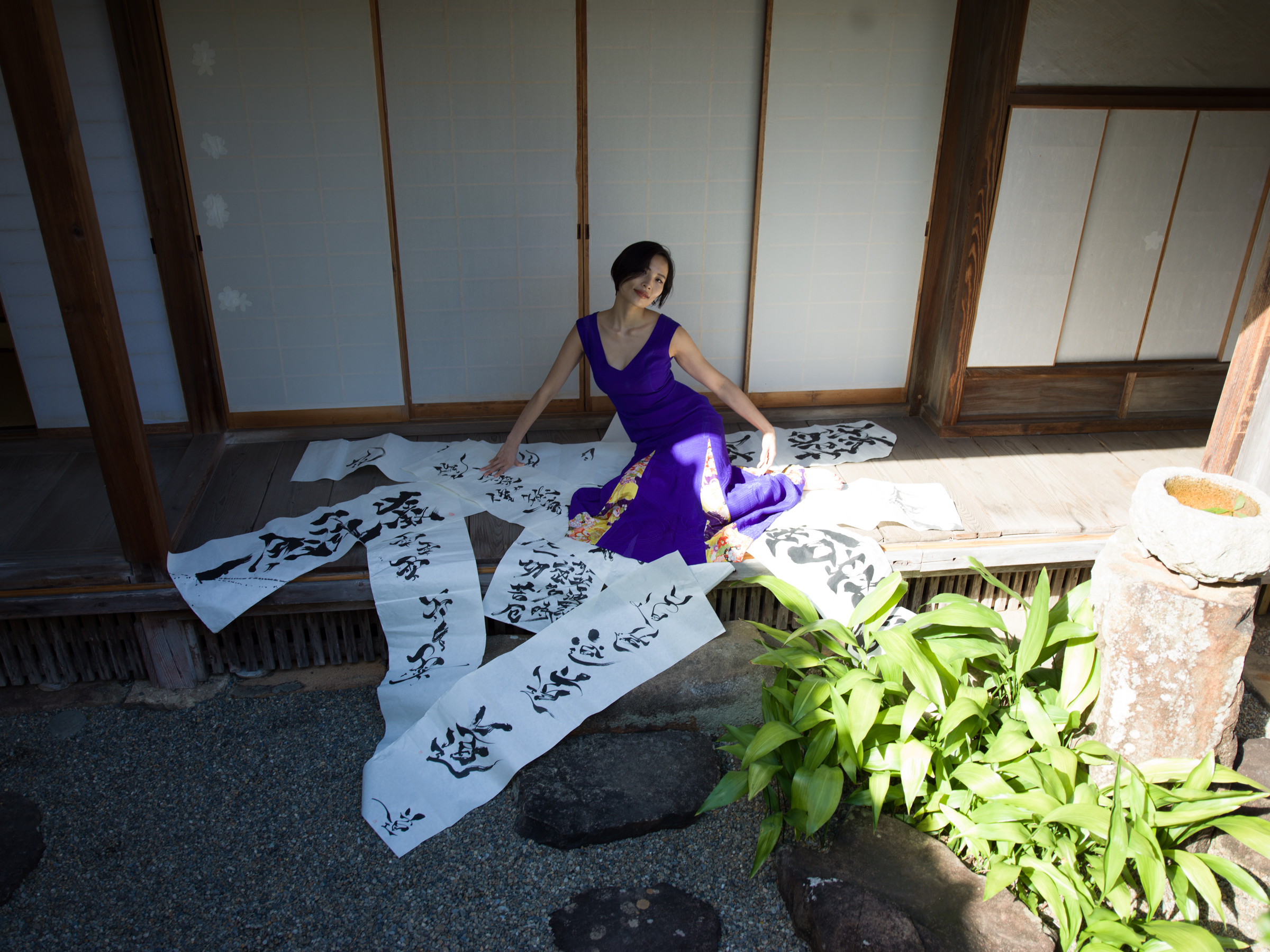
Quali sono le tecniche che usi e come hai trasformato quest’arte in live performance?
Prima di scrivere o creare qualsiasi opera mi concentro sempre sui miei sentimenti, è a loro che do più importanza, non alla bellezza della scrittura. Ho iniziato a fare esibizioni dal vivo scrivendo sul mio corpo circa quattro anni fa. Ho sentito che c’erano dei limiti espressivi sulla carta e allora ho pensato che sarebbe stato interessante scrivere sul corpo, un’esperienza completamente diversa. È stata una sfida, perché il corpo di ogni individuo è unico al mondo. Forme, trame e colori diversi… nessun corpo è uguale. Anche quando scrivo su un corpo mi concentro sulle emozioni, riconosco l’originalità della forma corporea, la accetto e mi concentro sulle sensazioni che sgorgano dal mio cuore.
What are the techniques you use, and how did you turn this art into live performance?
Before I write or create any work, I always focus on my feelings first. What I value most is not the beauty of my writing, but how well I can feel my emotion and transfer that emotion on a paper or any type of canvas I am facing. I started doing live performances of writing on my body about four years ago. When I felt that there were limits to what I can express on paper, I thought it would be interesting to write on a body that is far from writing on a traditional flat surface. It was an interesting challenge since an individual’s body is the only one in the world. Different shapes, textures, colors – no two bodies are the same. When I write on a body, I engage in the same process. I focus on the emotions, recognize the individuality of the body, accept them and cherish the feeling that flourishes in my heart.
Perché hai chiamato il tuo stile “Calligrafia del cuore”?
L’ho chiamato così perché è una calligrafia che esprime liberamente le emozioni che vengono dal cuore. Questo stile di scrittura spegne l’interruttore della mente e accende solo quello del cuore, appunto. Ti porta a scrivere le sensazioni direttamente e automaticamente sulla tela. Da bambini siamo in grado di muoverci ed esprimere emozioni con più libertà, ma quando cresciamo tendiamo a sopprimerle per adattarci o sopravvivere nella nostra società. E io in un certo senso, nella mia vita, sto usando la Calligrafia artistica per tornare a respirare la libertà in modo più profondo, più puro e più onesto.
Why do you call your style “Calligraphy of the Heart”?
I named my original style “Calligraphy of the Heart” because it is a writing style that freely expresses the emotions felt in the heart. In this style of writing, you turn off the switch of your mind and only turn on the switch of your heart. In so doing, your feeling automatically spills onto the canvas. Back when you were a child, you used to be able to move and express your emotions freely, but as you grow up, you tend to suppress or cover up your feelings in many circumstances in order to fit or survive in this society. So, in a sense, I’m using this tool called Art Calligraphy to allow a deeper, purer, more honest breath of air into my life.
Hai fondato un’associazione per diffondere la tua arte come metodo per esprimere se stessi.
Mentre lavoravo alla creazione del mio stile di calligrafico, l’unico momento in cui mi sentivo veramente libera era quando scrivevo. Più scrivevo, più mi sembrava di poter riguadagnare la mia identità. Poi sempre più persone intorno a me hanno iniziato a dirmi: “Voglio imparare a scrivere come te!” Così ho deciso di insegnare le mie tecniche per poter condividere le emozioni che anche io avevo provato scrivendo. E così sempre più persone si sono interessate, ma io avevo poco tempo, e ho pensato di farmi aiutare da qualcuno che potesse insegnare con me. Ho fondato la mia associazione con otto colleghi e abbiamo iniziato a formare gli istruttori. Oggi i nostri istruttori sono sparsi per tutto il Giappone, e molte persone possono sperimentare la gioia di scrivere seguendo il nostro metodo.
You have created an association for the diffusion of your art as a self-expression method. Can you tell me more about it?
During the time I had just invented my own style of calligraphy, the only time I felt free was when I was spending my time writing. The more I wrote, the more I seemed to be able to regain my own identity. Then, more and more people around me started telling me, “I want to learn how to write like you!” So, I decided to teach my techniques in order to share pleasant feeling writing was opening me to. Even more people wanted to learn, but the problem was that I only had a limited amount of time and I was only teaching by myself. So, I thought I needed someone who can teach with me. Luckily, about eight of my colleagues were willing to help me, so we decided to establish an association and we first started training instructors. Today, we have our own instructors, spread out all over Japan, and many people are now able to experience this tool, as well as the joy of writing. I believe they are all enjoying the experience of knowing themselves, expressing themselves to the full and communicating with others through this art form, which was always my initial intention.
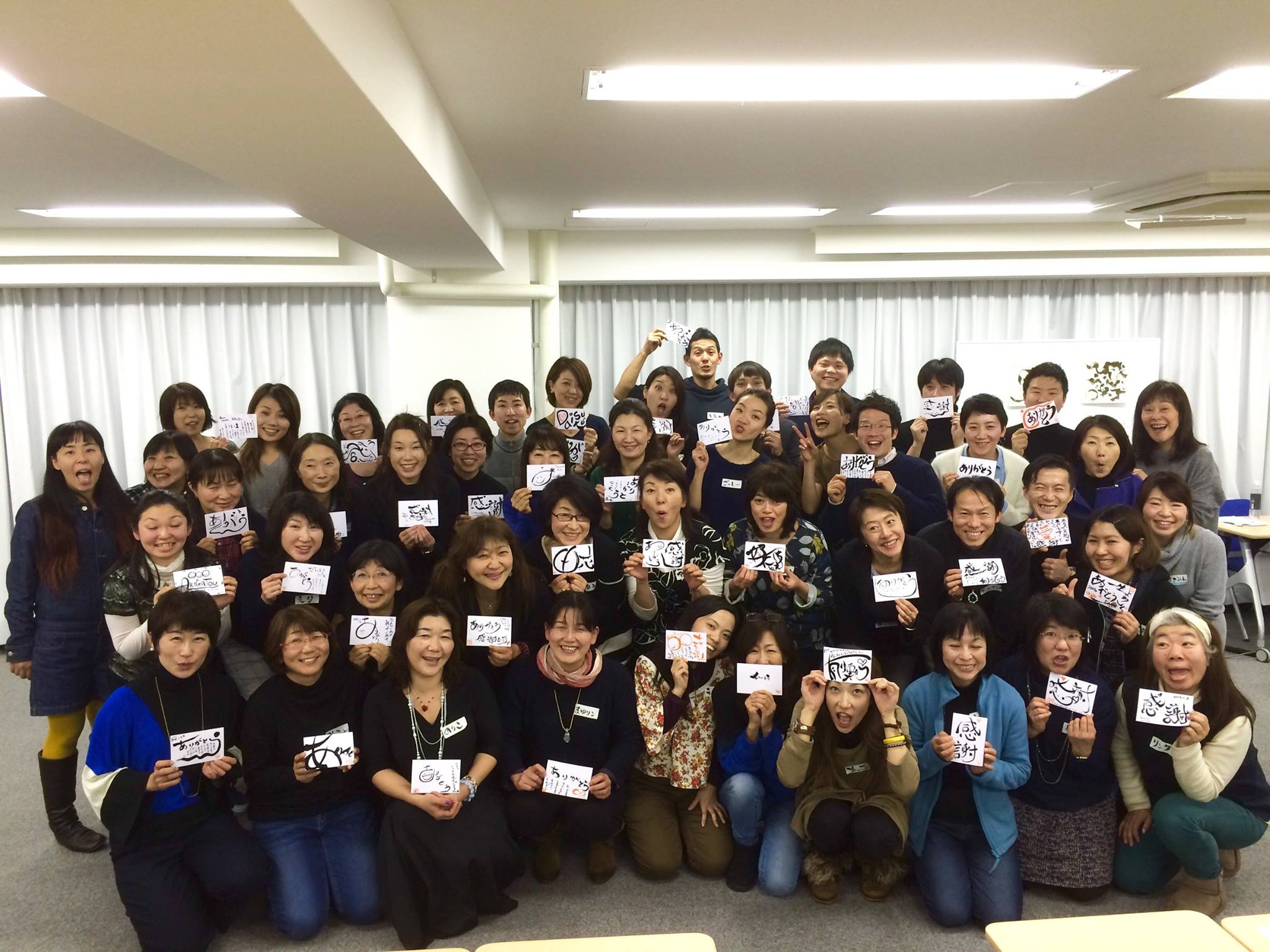
Il Giappone possiede anche una grande cultura cinematografica. Ci sono stati dei film che hanno influenzato la tua arte?
Direi che Il mio vicino Totoro diretto da Hayao Miyazaki e prodotto da Studio Ghibli è in cima alla mia lista. La creatura chiamata “Totoro” è un amico immaginario creato dal personaggio principale, una ragazza molto creativa, ma senza amici. Usa la sua creatività e la sua sensibilità per accedere al mondo fantastico in cui vive Totoro. Questo mi ha davvero ricordato me stessa durante gli anni dell’infanzia. Il mio ambiente familiare era alquanto complicato e avevo un rapporto difficile con i miei genitori. Così, automaticamente, ho spesso cercato l’amore che mi mancava nella fantasia. Ogni volta che guardo questo film, mi sento come se dovessi affrontare ogni singola esperienza della vita quotidiana con più attenzione sia con il corpo che con la mente. Tutto questo influenza fortemente il modo in cui mi esprimo come persona e artista.
Japan also has a great film culture. Are there any films that have influenced your art?
I would say My Neighbor Totoro directed by Hayao Miyazaki of Studio Ghibli is one that’s at the top of my list. The creature called “Totoro” is an imaginary friend created by the main character, a girl who is very creative but also has no friends around her. In order to meet Totoro, she uses her creativity and sensitivity to access the fantasy world where Totoro lives. This really reminded me of myself during childhood years. During my childhood, my family environment was somewhat complicated and I was not so blessed with parental love and friendship. So automatically, I often searched for my own “love” in my fantasy. Every time I watch this movie, I feel like I should be facing each and every experience of daily life with more care, and move my mind and body accordingly. I think this mindset strongly influences how I express myself as a person and an artist.
Quali sono i tuoi progetti?
Di recente ho iniziato a pensare che mi piacerebbe insegnare la mia arte calligrafica in inglese e quest’anno voglio iniziare a lavorarci su. È ancora difficile per me viaggiare all’estero liberamente a causa del Covid, ma spero che questa follia passi presto. Probabilmente inizierò con lezioni online o facendo dei tutorial con i sottotitoli. E sarebbe fantastico, un giorno, poter girare un piccolo film documentario su di me. Per realizzare tutto questo sto mettendo insieme una squadra che mi permetta di espandere i miei progetti all’estero, aspettando con impazienza di iniziare collaborazioni con artisti e professionisti in giro per il mondo.
What are your future projects?
Recently, I have started to think that I would like to create lessons where people can learn about calligraphy in English, and I would really like to start working on that this year. It’s still difficult for me to travel abroad freely because of Covid but hopefully this craziness will pass soon. I will probably start with doing online classes or making a “how-to” video with subtitles. And it would be so great someday if I made a small documentary film about myself. In order to make my future plans come true, I am currently looking to put a team together for overseas expansion projects. I am also always looking forward to opportunities to work with professional people who are artists as well.
